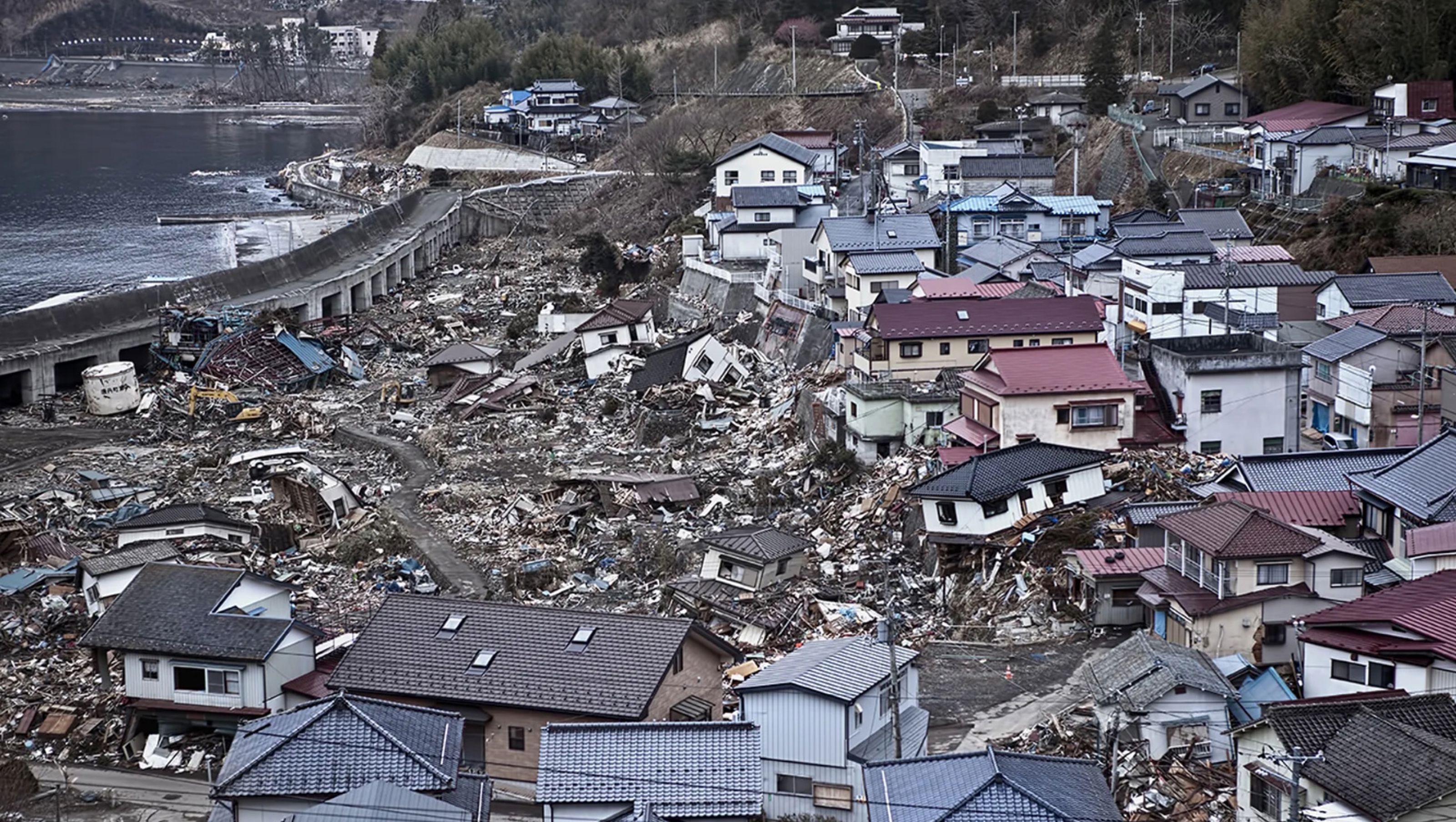Global Model Aims to Better Prepare the World for Tsunamis
When a massive tsunami struck the coasts around the Indian Ocean on Boxing Day in 2004, more than 220,000 people lost their lives. It was a catastrophe that shook the world — and it was revealed that the international community needed to strengthen its capacity on tsunami science and resilience.

Tsunamis can cause massive destruction when they reach the shore, sweeping away buildings, infrastructure, and entire coastal communities. ( Image liscenced from Adobe Stock)
“The 2004 tsunami was a turning point. It showed that we lacked a shared scientific framework to understand and assess the risk. That was the beginning of an international effort that has now culminated in the establishment of the Global Tsunami Model – GTM,” says Finn Løvholt, board member and rapporteur for the newly established GTM association.
A Global Framework for Tsunami Hazard
The Global Tsunami Model (GTM) was founded in Rome in 2024 and was formally established as a registered entity 1. August 2025, after nearly a decade of networking and discussions between leading research communities worldwide. GTM presently involves more than thirty individual members from all over the world, including scientists from countries like Germany, New Zealand, UK, Chile, Italy, Spain, Pakistan, Greece, and Norway. In general, it invites both individual scientists and institutions working in tsunami research to become members. The members constitute the legal body of the association and will vote on all important decisions. GTM is led by an international board of five scientists, where Jörn Behrens from the Universität Hamburg serves as chair.
“My role is to ensure that research and communication are aligned — that we can explain complex scientific issues in a way applicable to decision-makers and partners,” says Løvholt.
One of the first goals of GTM is to create a unified global model that shows how likely, and how impactful tsunami are along the various coastlines of the globe. On a longer run, GTM wants to investigate what consequences potential tsunami events may have. The model will serve as a tool for researchers, governments, the insurance industry, and emergency services.
“We’re trying to provide a global template for tsunami hazard and risk assessment. When everyone views the data in the same way, it becomes easier to plan, prioritize, and save lives,” says Løvholt.
As part of the effort to unite the global scientific community, NGI has also been tasked with creating and managing the official GTM website. The site serves as the international hub for information, research updates, and shared resources within the community.
“The website will be the central link between scientists, decision-makers, and the public. It will showcase what we’re achieving together — and make the knowledge accessible to everyone,” says Løvholt.
Leveraging use of Supercomputer technology
To understand how a tsunami might develop, researchers must test all possible outcomes — not just worst-case scenario. With the help of Europe’s most powerful supercomputers, GTM can simulate hundreds of thousands of different scenarios. The method is called probabilistic tsunami analysis and is used to calculate the likelihood of tsunami waves reaching certain heights at given locations.
The result is global hazard maps that can be used as input to everything from land-use planning to designing evacuation routes and building standards.
“We can’t predict when and where the next big wave will occur, but we can quantify the uncertainty. That provides a much better basis for making wise decisions before something happens,” says Løvholt.
Inspiration from the Earthquake Model
GTM also takes inspiration from the Global Earthquake Model (GEM) that has developed an open, shared model for assessing earthquake risk, which is now used by organizations ranging from the UN and World Bank to insurance companies and national emergency authorities.
“GEM showed that when researchers and authorities share data and models, the world can manage risk in a new way. GTM aims to follow a similar recipe — but for tsunami, which are even harder to predict,” explains Løvholt.
Towards a Safer Future
With support from UNESCO and the UN Decade of Ocean Science, GTM is now being developed into a global reference for tsunami hazard and risk. Everything will be open and accessible — so that even countries without their own research communities can build preparedness.
“The goal is for the world to be better prepared the next time a major tsunami strikes. The more knowledge we share, the better societies can plan and protect themselves,” says Løvholt. To this end, GTM will build competence and services through its members to better understand tsunami risk, and use this insight to reduce losses.
